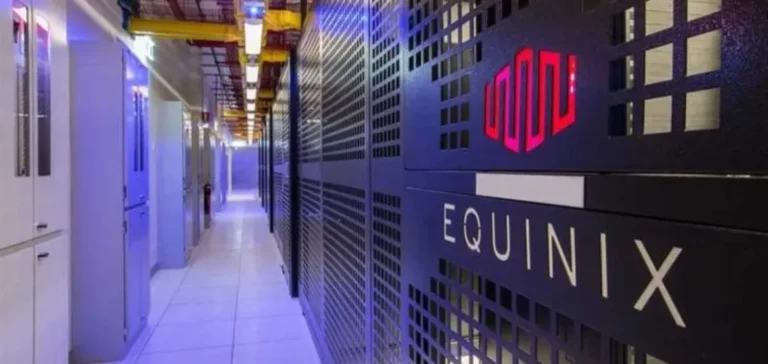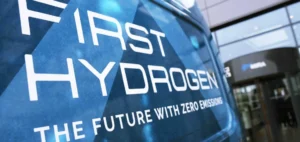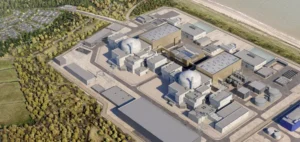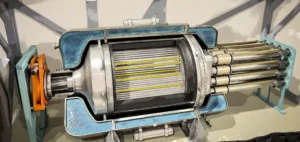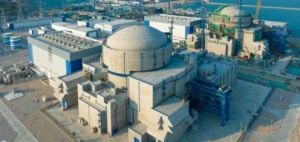Equinix, one of the world’s leading data centre operators, has entered into a capacity reservation agreement with Stellaria, a French start-up specialising in molten salt reactors. The contract covers approximately 500 MWe of dedicated electrical capacity, expected to be available by 2035, to power high-intensity computing clusters used in artificial intelligence applications.
A new generation of nuclear energy for digital infrastructure
Stellaria is developing the Stellarium reactor, a fast-spectrum molten salt reactor (AMR – Advanced Modular Reactor), designed to produce around 110 MWe per module. The project is the result of a collaboration between the French Alternative Energies and Atomic Energy Commission (CEA), Schneider Electric, and supported by Technip Energies and Orano, under the France 2030 investment programme. The agreement with Equinix marks Stellaria’s first public commercial engagement with a non-energy client.
The Stellarium reactor is intended to provide low-carbon, dispatchable energy to power-intensive industrial facilities such as data centres, chemical plants, and metallurgical sites. Stellaria promotes a compact, underground design suitable for urban and land-constrained environments.
Equinix: building an internal energy layer
Operating more than 270 data centres globally, Equinix is strengthening its energy independence strategy through multiple partnerships in advanced nuclear. In addition to Stellaria in Europe, the company has signed similar agreements with Oklo, Radiant and ULC-Energy in the United States and the United Kingdom. The objective is to build a portfolio exceeding 1 GW of firm, low-carbon capacity dedicated to its digital infrastructure.
Equinix has stated that renewable energy alone cannot guarantee the continuous availability required for AI workloads, which demand uninterrupted, round-the-clock power. Modular reactors located close to or on-site at critical facilities could address current power grid limitations.
Regulatory framework and industrial risks
The first Stellarium reactor is expected to be commercially operational between 2033 and 2035, subject to approval from the French Nuclear Safety Authority (ASN). The MSR (Molten Salt Reactor) concept is not yet licensed in Europe and will require demonstration phases, material validation and long-term testing to ensure regulatory compliance.
Technical challenges include managing high-temperature corrosion, chemical stability of the salts, and liquid fuel processing. Legally, the responsibilities concerning reactor operation, waste treatment, and fuel ownership must be clearly defined.
Growing integration between digital and energy sectors
The Equinix-Stellaria contract reflects a growing trend of direct contractual arrangements between major digital users and advanced nuclear producers. These agreements bypass traditional wholesale markets, enabling hyperscalers to secure long-term energy supply while addressing increasing regulatory pressure on data centre environmental performance.
Through the France 2030 plan, France aims to position itself as a European hub for the convergence of AI and nuclear innovation. By supporting Stellaria, the government seeks to anchor high-capital, high-tech projects within its borders and strengthen its industrial value chains.


